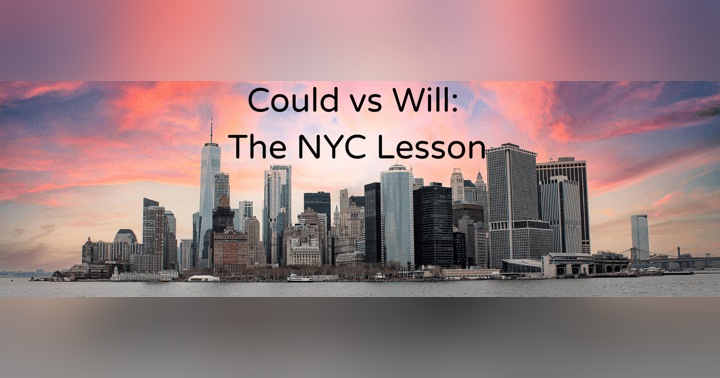Why Design Alone Can’t Save the Workplace
Just Because It Looks Good, Doesn’t Mean It Works
We’ve all been wowed by a beautifully designed space. Maybe it’s a stunning office lobby with a living wall, or a sleek airport terminal bathed in natural light. But here’s the thing I keep coming back to:
✨ Just because a space looks amazing doesn’t mean it works well. ✨
This was top of mind after listening to an episode of The B1M recently. They covered the new Western Sydney airport and its architecturally rich design—roof beams meant to mimic standing under a eucalyptus tree. Beautiful. Intentional. But I couldn’t help but think…
Do I care about timber ceilings when I’m stuck in a 100-person queue to check a bag?
Probably not.
The Office Is No Different
I’ve seen too many workplaces that are aesthetically flawless—and functionally frustrating. You know the ones:
-
A minimalist kitchen with nowhere to put your lunch.
-
A high-concept meeting room with no whiteboards.
-
Glass phone booths that look great in photos but offer no sound privacy.
Design matters—but experience matters more.
And the sweet spot? That’s where design and experience come together to make spaces that don’t just impress—they support people in doing their best work.
Let Me Paint You a Picture (Or Three)
👉 Scenario 1: Parking Lot Perfection?
You arrive at a gorgeous new office campus. The landscaping? Impeccable. The signage? Very tasteful. But then you spend 15 minutes circling the garage with no idea where to park. No signage. No sensors. No app integration. Just stress.
👉 Scenario 2: The Meeting Room Maze
You’ve got a design sprint kicking off and need a room with a giant whiteboard. You check three beautifully curated spaces—none have one. Finally, you find a plain corner room with what you need... across the building.
👉 Scenario 3: Quiet Call, Loud Frustration
Need a moment for a private call? All the sleek phone booths are taken or don’t isolate sound. You end up pacing a hallway, whispering into your AirPods.
These aren’t “bad” spaces. They’re well-designed—on paper. But in practice? They’re failing the people who use them.
Technology Could Fix This—If We Let It
The fix isn’t always more furniture or another redesign. Sometimes it’s smarter design:
-
Digital signage in parking garages with real-time availability.
-
Room booking systems that filter by whiteboard, privacy, or A/V needs.
-
Occupancy sensors that help you find a free phone booth—fast.
But to get there, we have to bring tech, operations, and employee experience teams to the table early—not just architects and designers.
A Real Example: Water Gone Wrong
One workplace leader told me about their newly renovated kitchen with a sleek filtered water dispenser. The dispenser had a built-in drain… but the design didn’t include a drain pipe. So every hour, someone had to manually empty the spill tray. Looks great. Constant headache.
This is the cost of designing for show instead of for flow.
Here’s What I Hope You’ll Remember:
-
Beautiful spaces aren’t always usable spaces.
-
Design should support the work—not just the vibe.
-
Employee experience deserves a seat at the design table.
-
And the best workplaces? They look good and work better.
If you’ve ever worked in a space that looked amazing but missed the mark on usability, I’d love to hear about it. Share your story with me on LinkedIn or drop a comment below.
Let’s keep building better, together.







